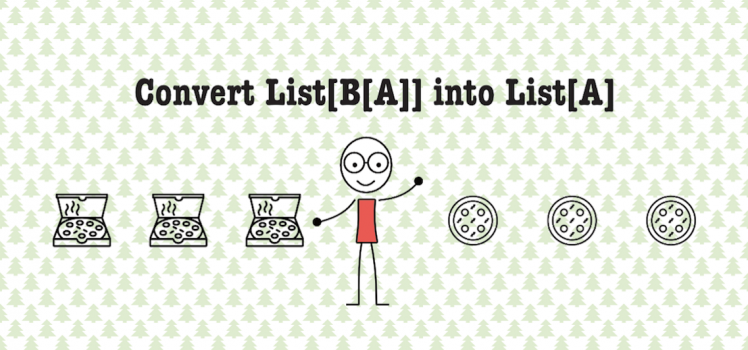An actor model gives us outstanding solution for building of high scale and high load systems. Those of you who work with Akka, know that in the Actor model everything should be represented as an actor. In some sense this axioma simplifies a software development. Is this circumstance as good as it seems? In this article I'm going to demonstrate some approaches which may be applied to actors which need to interact with a database. Just imagine, what sense in a high scale and high load system if it does not communicate with a database?
Hey Scala squad! In this post I'm going to show some ways of extracting values from list or sequence of boxed elements. It's a pretty common case when you have a Seq[B[A]], but instead of it you need to get Seq[A]. To be more precise it may be Seq[Try[String]] or List[Option[Int]].
The question is how to validate a HTTP request body using Akka HTTP directive? Of course we can use for this reason validate directive, but it has one drawback which I described in my previous post about a model validation in Akka HTTP. You may want to use require method, but it is not so functional as well. Today I want to show another way for validation of HTTP request body in Akka.
Hey! Looks like you are familiar with Scala. And I believe you even develop some apps locally using it. A main mission of the code is to help people to solve their problems. But how your apps can do this, if they are running locally on the laptop? In this post I want to show the easiest way to deploy a Scala application.
If you work with Akka HTTP for a while, you should definitely know that it has multiple ways for model validation. I talk about http request body validation. Probably in 99% of cases you would like to ensure that user send something meaningful to the server. So exactly for this purpose Akka HTTP provides validation mechanisms. But what if you want to send back to the client side information about all invalid fields?




